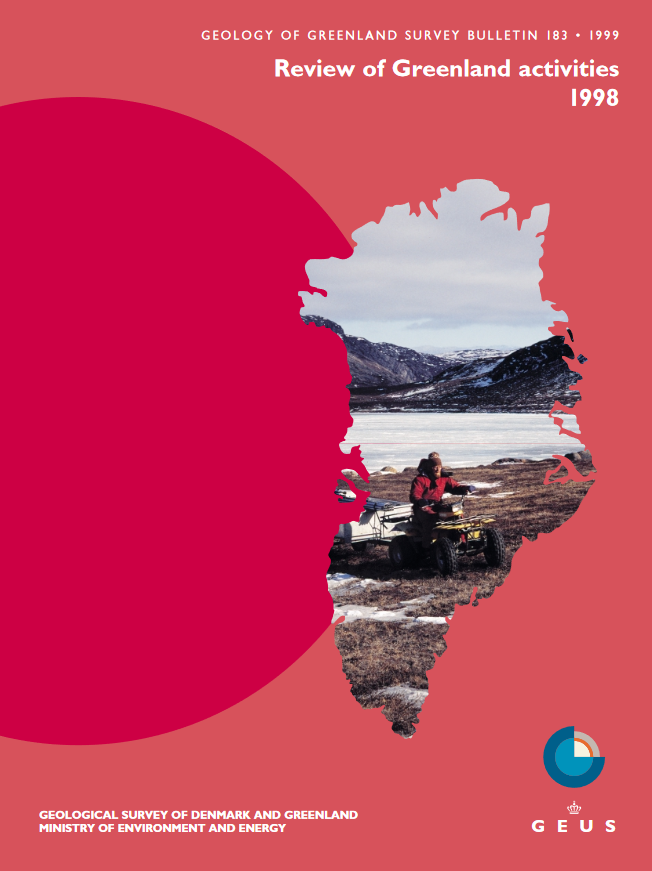Limnological and palaeolimnological studies of lakes in south-western Greenland
DOI:
https://doi.org/10.34194/ggub.v183.5207Abstract
The many lakes in south-western Greenland offer excellent opportunities for both limnological and palaeolimnological studies. The lack of any cultural disturbance means that these lakes are tightly and directly linked with their catchment areas and regional climate. As such, the development of the biological structure of these lakes over time should primarily reflect climate changes that have taken place since deglaciation. In turn, these changes in lake species composition and their productivity are preserved in the lake sediments. These lakes provide, therefore, excellent opportunities for studying the impact of past climatic changes on lake ecosystems. Similarly, the sediment records can also be used as proxies for palaeoclimatic changes. Clearly, however, to interpret sediment records in terms of fluctuating climate it is necessary to understand contemporary processes. The limnology of these lakes is not particularly well understood as only a few of the lakes have been studied, and then only infrequently, over the last 50 years (Williams 1991).
Downloads
Published
Issue
Section
License
This article is distributed under a CC-BY 4.0 licence, permitting free redistribution and reproduction for any purpose, even commercial, provided proper citation of the original work. Author(s) retain copyright over the article contents.


